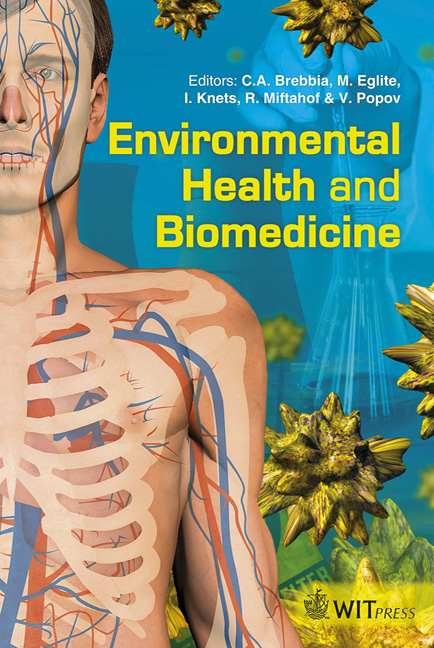Multiscale Comparison Of Air Quality Modeling For An Ozone Occurrence During The 1996 Paso Del Norte Ozone Campaign
Price
Free (open access)
Transaction
Volume
15
Pages
12
Page Range
47 - 58
Published
2011
Size
3,757 kb
Paper DOI
10.2495/EHR110051
Copyright
WIT Press
Author(s)
D. Lu, R. S. Reddy, R. Fitzgerald, W. R. Stockwell, Q. L. Williams & P. B. Tchounwou
Abstract
An air quality modeling has been applied to investigate an ozone event occurring during the period of 1996 Paso del Norte Ozone Campaign. An examination of model sensitivity to horizontal grid resolutions has been performed. The modeling results show that grid resolution evidently influences the simulations of ozone formation, dispersion, transportation and structural distribution. The 36-, 12-, 4- and 1-km models captured the diurnal variation of surface ozone, but with a few hours lag for simulated peak ozone. The coarser the spatial resolution of the model, the more the peak ozone lag occurs. All models underpredicted the peak ozone concentration where the 1-km model produced the best while the 36- km model yielded the worst. This study suggests that the problems of maximum ozone underprediction and minimum ozone overprediction can be mitigated by increasing the spatial resolution of the model. Compared to fine models, coarse models provided rather simple and smooth structures with many detailed and complex structures being lost. The frequency distribution analysis also revealed that the high ozone event occurring over the complex terrain area such as El Paso, TX can hardly be captured by using coarse spatial resolution models, and the high resolution model (i.e., grid spacing is no greater than 4-km) is necessary.
Keywords
air quality modeling, multiscale comparison, high ozone event, CMAQ, SMOKE, WRF





